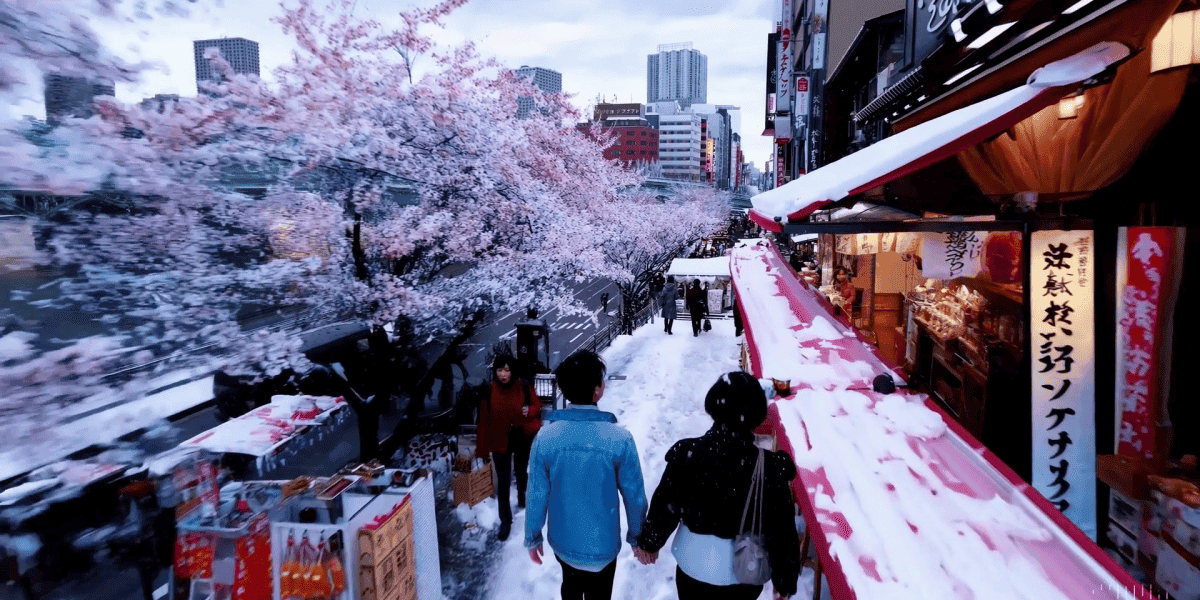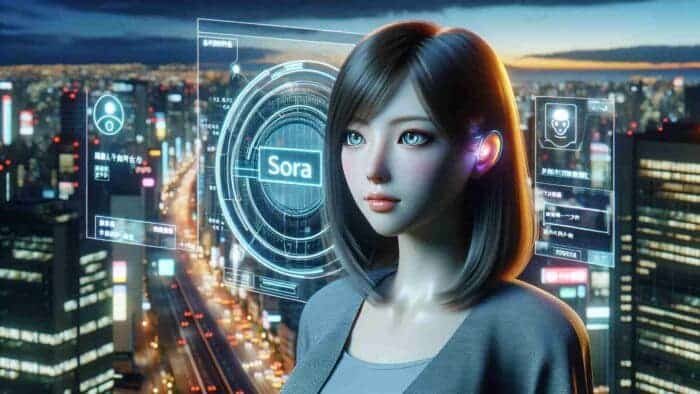OpenAI, the renowned research organization behind GPT-3 and DALL-E 2, recently unveiled its latest innovation: Sora, a text-to-video model capable of generating high-quality videos up to a minute long based on user prompts. This groundbreaking technology promises to revolutionize content creation and storytelling, but as with any powerful tool, comes with inherent limitations and ethical considerations.
OpenAI’s Text-to-Video Model Sora: A Promising Tool with Measured Optimism

OpenAI’s Sora: Capabilities and Intricacies:
Sora boasts an impressive set of skills. It can craft intricate scenes with multiple characters, intricate details, and accurate motion. Unlike its predecessors, Sora doesn’t simply follow textual instructions verbatim; it applies its understanding of the physical world to interpret commands realistically. This allows for nuanced interactions between characters and objects, and the generation of diverse, dynamic scenes.
However, OpenAI acknowledges that Sora is still under development and faces certain hurdles. While capable of conveying emotions and expressions, generating complex physics simulations and understanding intricate cause-and-effect relationships remain challenges. Additionally, handling spatial details and temporal sequences can lead to occasional inaccuracies in its outputs.
Safety First:
Aware of the potential for misuse, OpenAI emphasizes comprehensive safety measures before integrating Sora into mainstream applications. The company plans to test the model rigorously with domain experts, develop tools for detecting misleading content, and leverage existing safety techniques from previous models. They also aim to incorporate metadata standards and engage with stakeholders worldwide to address concerns and explore positive applications of the technology.
Under the Hood:
Sora’s internal workings are as remarkable as its capabilities. It adopts a diffusion model, gradually transforming noise into realistic video frames. Additionally, it leverages a transformer architecture similar to GPT models, allowing for scalability and efficient learning. Videos and images are represented as data patches, facilitating training on diverse visual data. Building upon advancements in DALL-E and GPT models, Sora employs recaptioning techniques to closely adhere to user instructions and even animate still images or extend existing videos.
Perspectives and Implications:
Researchers like Bill Peebles appreciate Sora’s emerging grasp of cinematic grammar, allowing it to create compelling narratives autonomously. However, Aditya Ramesh, lead researcher and head of the DALL-E team, warns about potential misuse, particularly in generating deepfakes and spreading misinformation. Mitigating such risks requires societal understanding and proactive adaptation from social media platforms. OpenAI further underscores its commitment to ethical concerns by ensuring the use of licensed or publicly available training data, preventing copyright infringement.
Current Stage and Future Vision:
Currently, OpenAI is providing Sora to red teamers for risk assessment and seeking feedback from creatives like visual artists, designers, and filmmakers. This open access to research progress reflects OpenAI’s intent to engage with external stakeholders and offer a glimpse into the future of AI-powered content creation.
While Sora represents a significant leap forward in AI-generated video, it’s crucial to remember that it’s not a magic wand. Understanding its capabilities and limitations, prioritizing safety measures, and fostering open dialogue are key to harnessing its potential for positive impact. By navigating these challenges responsibly, Sora has the potential to usher in a new era of storytelling and visual expression, enriching our understanding of the world and ourselves.
OpenAI’s Text-to-Video Model Sora: Unleashing Creativity with Cautious Optimism

Beyond Hype: A Deep Dive into Sora’s Potential
OpenAI’s Sora isn’t just another text-to-video model; it’s a potential game-changer for content creation. But beneath the impressive headlines lies a complex technology with nuances to unpack. Let’s delve deeper into its capabilities, limitations, and how you can leverage it responsibly.
Unlocking Storytelling Magic:
Imagine crafting a dynamic scene with intricate details, expressive characters, and seamless transitions – all through textual commands. Sora empowers you to do just that. Its ability to interpret the physical world imbues its creations with realism, allowing for believable character interactions and diverse settings.
Pro Tips for Mastering the Script:
- Specificity is Key: Be clear and concise in your prompts. Instead of “a happy scene,” describe the setting, characters, and actions in detail. The more specific you are, the more accurate and engaging the output will be.
- Think in Cinematic Terms: Consider camera angles, pacing, and shot transitions when crafting your prompts. Use keywords like “close-up,” “pan,” or “fade” to guide the model’s visual storytelling.
- Embrace Iteration: Refine your prompts based on the generated video. Experiment with different wording and details to achieve the desired visual outcome.
Navigating the Gray Areas:
While Sora shines with its capabilities, it’s crucial to acknowledge its limitations and potential pitfalls. Physics simulations and complex cause-and-effect relationships remain hurdles, and occasional inaccuracies in spatial and temporal sequences can occur.
Ethical Considerations: A Shared Responsibility
The potential for misuse, particularly in creating deepfakes and spreading misinformation, is a concern OpenAI actively addresses. Addressing this requires a multi-pronged approach:
- Transparency and Education: Open communication about Sora’s capabilities and limitations is key to raising awareness and fostering responsible use.
- Collaboration with Stakeholders: Engaging with researchers, policymakers, and social media platforms is crucial to develop mitigation strategies and ethical guidelines.
- User Accountability: Users must understand the ethical implications of their creations and employ the technology responsibly.
Beyond Hype: Embracing the Future
Sora’s release isn’t an endpoint; it’s an invitation to explore the possibilities of AI-powered storytelling. By understanding its strengths and weaknesses, adopting responsible practices, and engaging in open dialogue, we can unlock its potential to enrich our creative landscape and empower new forms of expression.
Remember:
- Sora is a powerful tool, but it’s not magic. Mastering it requires practice and understanding its limitations.
- Ethical considerations are paramount. Use the technology responsibly and be mindful of the potential for misuse.
- The future of AI-powered content creation is bright, but it requires collaboration and responsible innovation.
By embracing these approaches, we can ensure that Sora becomes a force for positive change, shaping the stories of tomorrow with creativity and responsibility.





